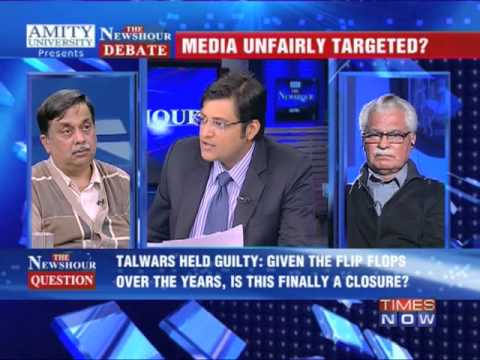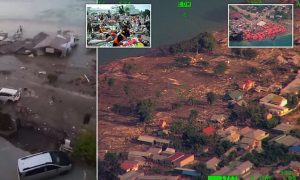by Nur Baizura Bt Roslan
The media in Malaysia has some of the toughest censorship laws bounded whereby the media authorities exerts a substantial control and impose a strict restriction in national security. The Malaysian government is kept to insulate the majority Muslim population from the things that are considered harmful and have foreign influences. For example, the News is censored, and entertainment output can fall foul of the authorities. However, all these do not stop the population to get influenced by the international media, especially towards the explicit content that has widespread produced. With high advance of technology, the media is able to be captured and retrieved by the citizen easily. One of the influences brought by the international media especially western countries are the hookup culture has emerged from more general social shifts taking place during the last century. As early as 1920s, with the rise of automobile use and novel entertainment venues throughout North America, traditional models of courting under parental supervision began to fade. Young adults became even more sexually liberated in the relationships. In addition to that, with the rise of feminism, growth of college party events, widespread availability of birth control (condoms and oral contraceptives) and deposing of parental expectations as central to mating and marriage. Popular media, including television, has become a source of sex education, filled with (inaccurate) portrayals of sexuality. Many popular representations suggest uncommitted sex or hookups, can be both bio-physically and emotionally enjoyable and occur without “strings.” Recent entertainment media have highlighted uncommitted sexual encounters and the more-common-than-not experimentation with this type of behavior. The film Hooking Up, released in 2009, details the chaotic romantic and sexual lives of adolescent characters. The film No Strings Attached, released in 2011 and staring Natalie Portman and Ashton Kutcher, featured the uncommitted element of uncommitted sex as two friends attempt to negotiate a sexual, yet non-romantic, component of their relationship. Popular television shows often portray hooking up as acceptable, entertaining, and perfectly sensible. The hit British series Skins, which began in 2007 and was remade in North America in 2011, often highlights the uncommitted sexual exploits of adolescents. The popular reality show Jersey Shore, which started its run in 2009, glorifies hookups among strangers, acquaintances, friends, and former partners. Popular pro-hookup same-sex representations have also emerged in television series like Queer as Folk and The L-Word. Several popular books on hookups have hit the shelves with unscientific yet racy claims. These include, The Happy Hook-Up: A Single Girl’s Guide to Casual Sex, The Hookup Handbook: A Single Girl’s Guide to Living It Up, Hooking Up: A Girl’s All-Out Guide to Sex and Sexuality, Making the Hook-Up: Edgy Sex With Soul, and 11 Points Guide to Hooking Up: Lists and Advice About First Dates, Hotties, Scandals, Pickups, Threesomes, and Booty Calls.
In a conclusion, the hook up relationship has been a culture or ethics in the western countries, whereby the young teenagers think of sex rather than the essential of the relationship. They are more comfortable in the terms of hooking up rather than pure love. Even though these often happen in the western, but, as a country who easily adopted with the western media will slightly influenced our youngster to behave that way. There are alot of teenagers and youngster begins these type of relationship which later leads to unmarital sex, illegitimate, foundling abortion and others.




